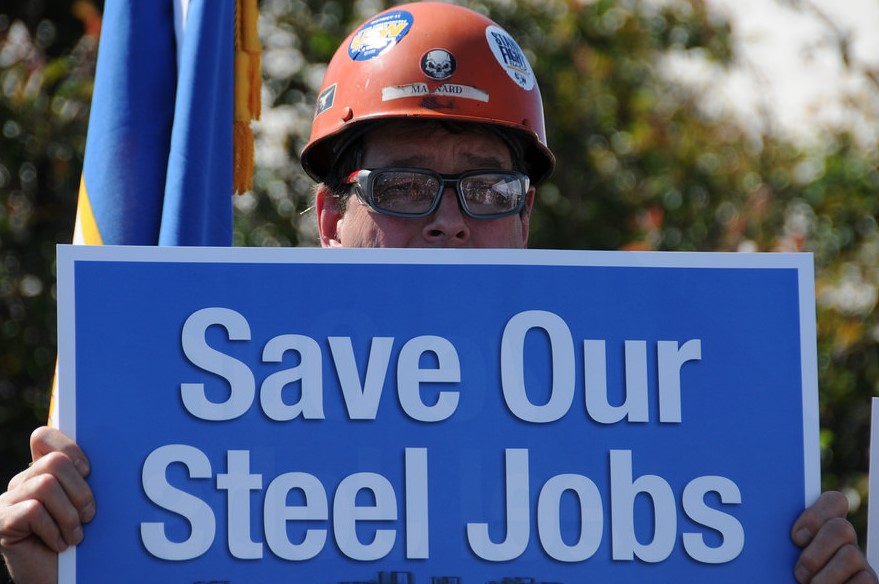
Canada considers safeguard measures, thousands are hired in the U.S., and some revenue rolls in.
Time for a steel and aluminum tariff update!
The Congressional Research Service (CRS) estimates the government has pulled in $1.1 billion and $344.2 million from the increased duties on the two metals, respectively, since they went into effect a few months ago. If the tariffs play out, they can bring in even more by the end of 2018.
According to CNBC:
CRS says the new tariffs could reap the U.S. some $7.5 billion — $5.8 billion on steel and $1.7 billion on aluminum – based on last year's import levels. In 2017, the U.S. imported $29 billion worth of steel products covered the tariffs and $17.4 billion worth of aluminum.
CNBC also pointed out the president is saying the tariff revenue will help pay down our towering national debt, which obfuscates the original stated goal of the tariffs: shore up wobbly domestic industries whose health is vital to our national security.
The president often plays it fast and loose with these tariffs (for example, see Trump’s masterful comingling of tariffs into a diplomatic dispute with Turkey), but even though he’s an imperfect advocate for this tougher trade policy, the tariffs are having the effect of targeting and quarantining dumped steel.
Remember, that is the overall goal of all of this — act to finally rebalance the global steel industry, which is currently a big old mess because of China's overcapacity.
To wit: Canada is considering a safeguard action on certain steel products after the U.S. tariffs caused imports to flood into the Canadian market. Reports Reuters:
The United States imposed tariffs on imported steel and aluminum on March 23. While Canada was initially exempt, Canadian steel producers warned that U.S. measures would divert cheap steel into Canada. A Reuters analysis found that imports of steel pipe used by the energy industry spiked in the spring.
“This is a behavior that we can expect to see from countries we’ve traditionally seen exporting aggressively, or exporting in a damaging way to the Canadian market,” Joseph Galimberti, president of the Canadian Steel Producers Association, told Bloomberg.
If Canada follows through with this plan, it will join the European Union in safeguarding against dumped steel. The EU announced its own safeguards in July.
And that’s kinda the point of the whole operation, even if President Trump never makes it. Meanwhile, thousands of American steel and aluminum jobs have been created since these tariffs were announced in March. In Ohio, Florida, South Carolina, Arkansas, Texas, Kentucky, and Missouri.
That’s cool and we like it.
